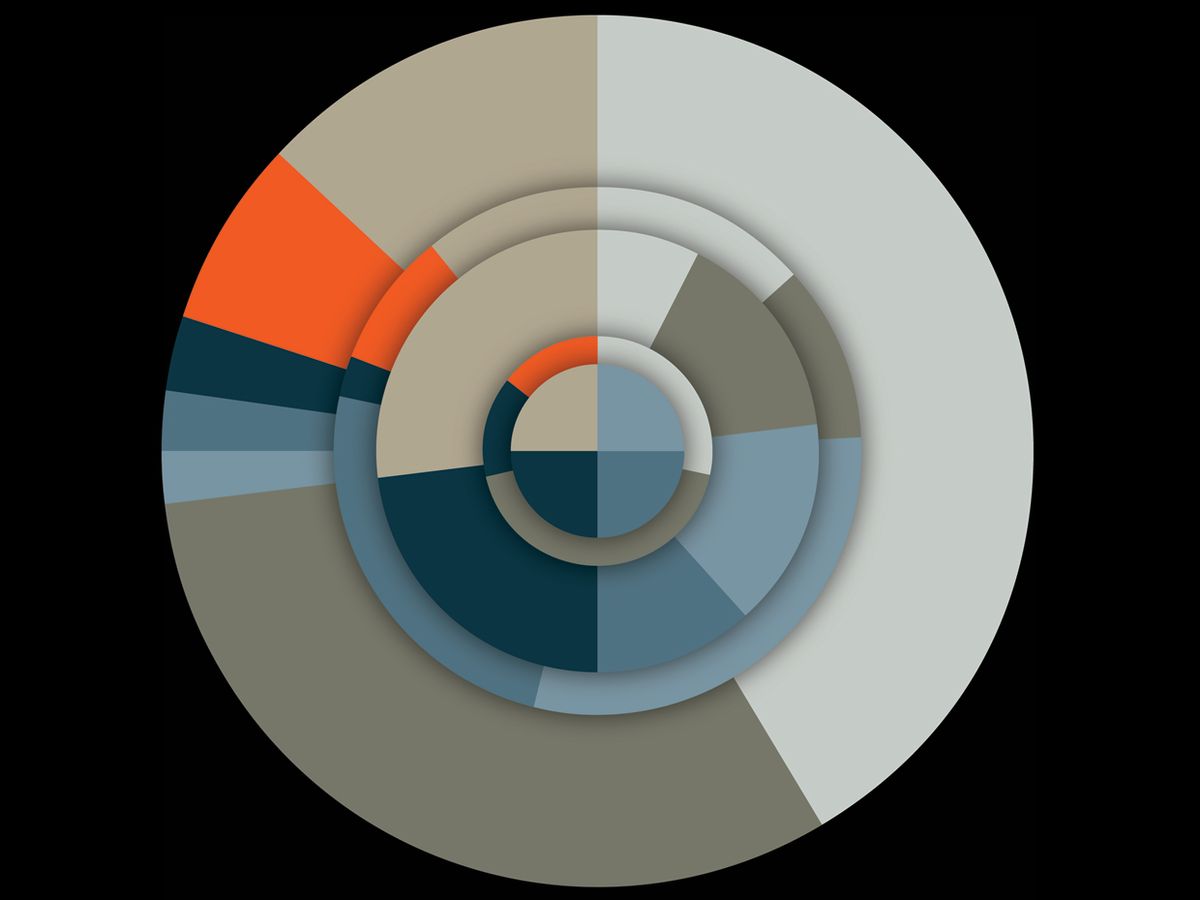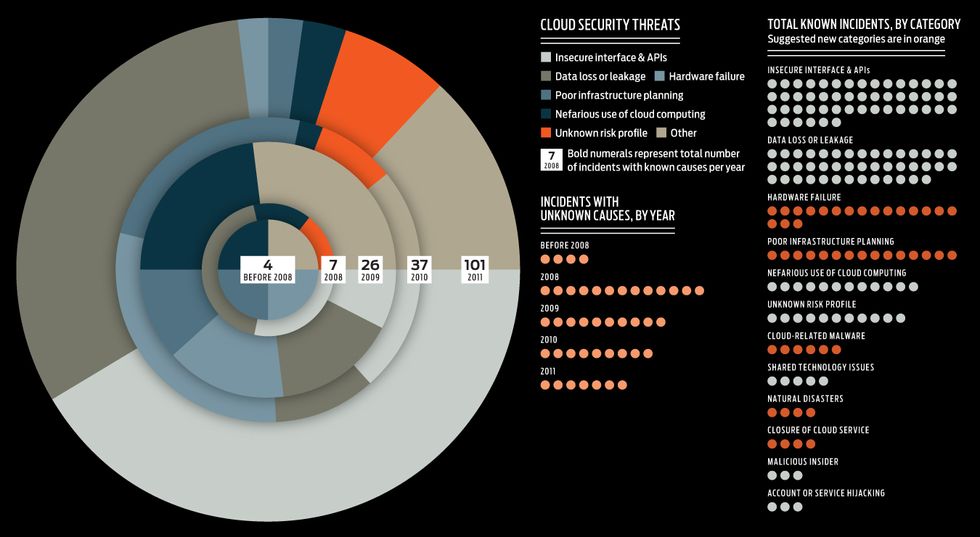To many, cloud computing kicked off in 2008, with the rapid proliferation in the use of Amazon.com’s Web and storage services. A new type of computing has inevitably led to new problems. Working under the auspices of the Nanyang Technological University and the Cloud Security Alliance, both in Singapore, and the University of Waikato in New Zealand, we set out to categorize these problems. We studied 11 491 articles from 39 news sources published from 2008 to 2012 that reported on cloud-computing outages, identifying 172 unique incidents. We could not assign a cause for all (although the proportion of unexplained incidents is declining, providers are still cautious with information). But our analysis of the 75 percent of incidents for which a cause was given revealed that the current list of the top seven threats proposed by the international Cloud Security Alliance is insufficient. We recommend five more categories: hardware failure, natural disaster, service closure, cloud-related malware, and inadequate infrastructure planning. In particular, hardware failure is one of the top three threats, responsible for 10 percent of incidents.
There is clearly an urgent need for the industry to address these threats and to agree to mandatory reporting of cloud outages and their causes.
A complete white paper describing these results is planned for release in January 2013.

